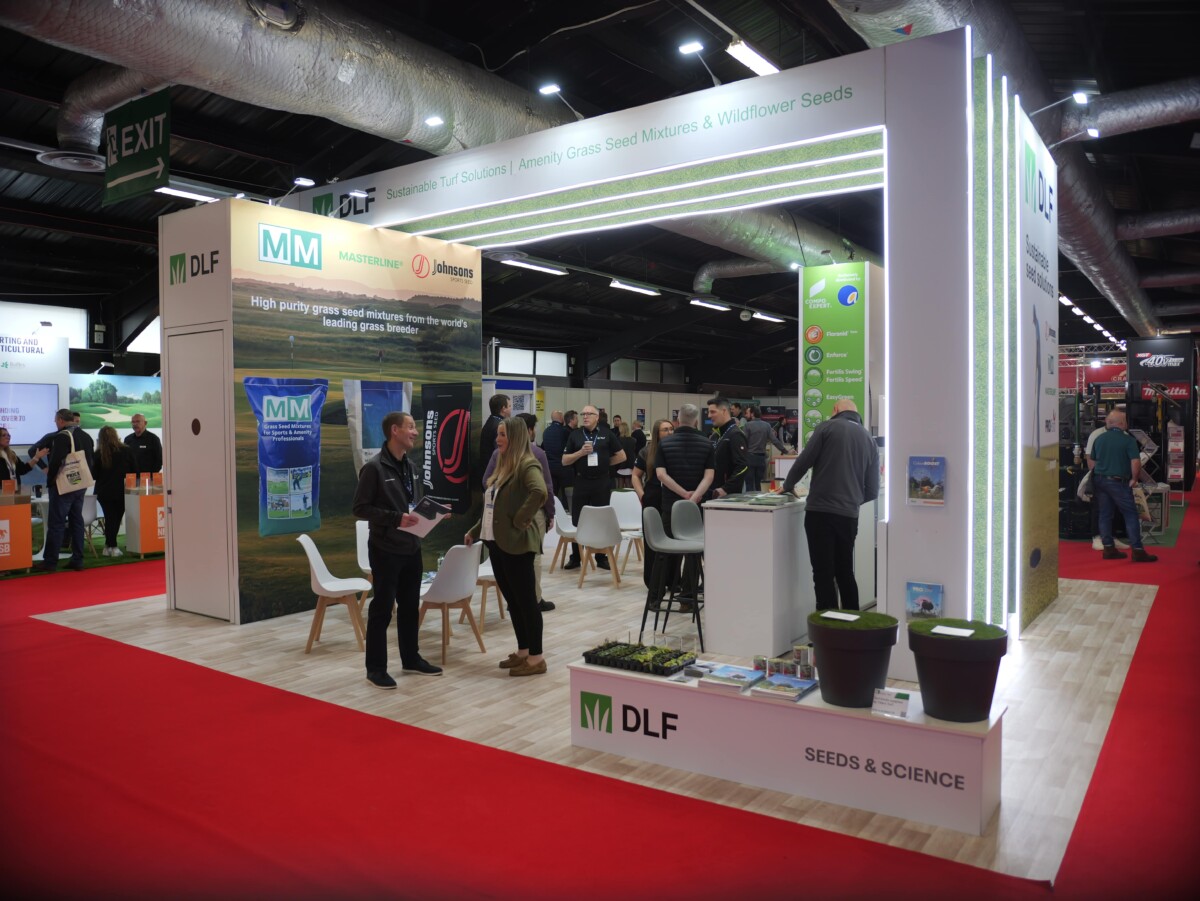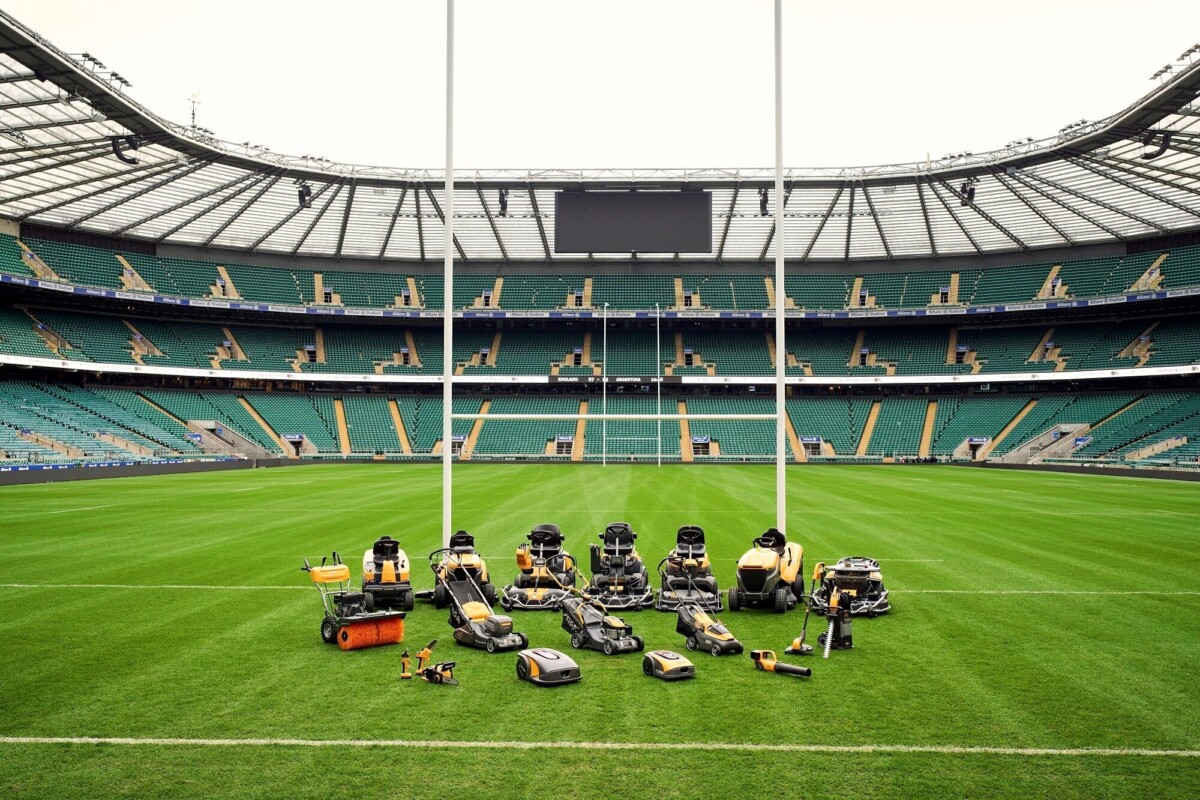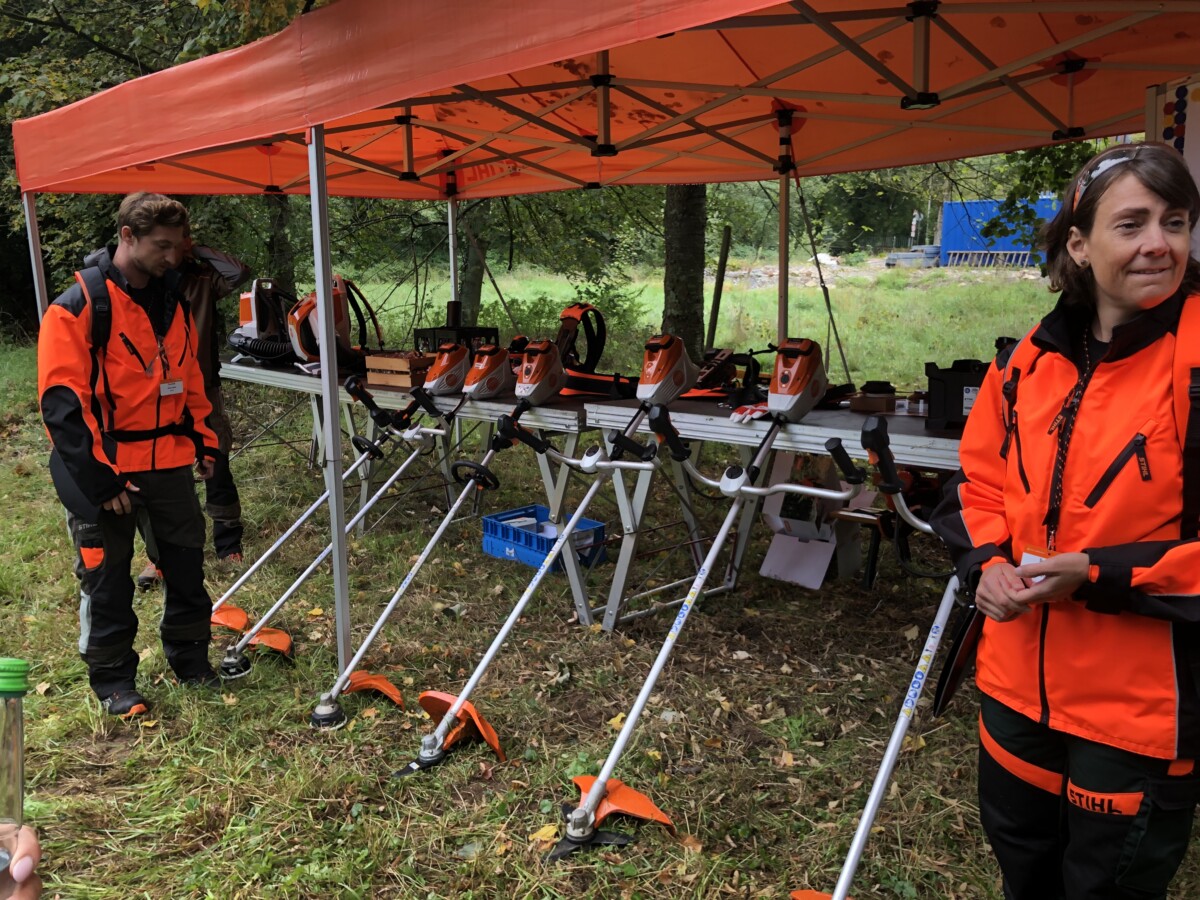Saving the Champions League from ‘Biblical’ Downpours: Managing cup competitions alongside domestic fixtures is difficult at the best of times. But it’s even harder when games in the Champions League need rescheduling.
The extra mid-week travel puts pressure on football’s elite clubs, with some squads clocking up thousands of added miles to complete their fixtures. It’s a complication every manager wants to avoid.
Still, you can’t account for the weather and sometimes it’s so bad a game seems destined for another date. That is, unless you have SIS Pitches managing the playing surface.

Saving the Champions League from ‘Biblical’ Downpours
When it rains, it pours
It’s November 29, 2023. Galatasaray are set to host Manchester United in Istanbul for the second leg of their Group A clash.
Rams Park, Galatasaray’s home ground, sees a range of conditions throughout the year, with city temperatures averaging between 20-28°c for the first few months of the season. Cooler temperatures, rain and even snow are common during the winter months, owing to Istanbul’s altitude and coastal position.
Rain was forecast for November 29 – certainly not unusual for the time of year. However, the amount expected to fall is what gave UEFA cause for concern. Observation notes and data collected by SIS on the morning of the game tell their own story. From 10am, thunderstorms would occur throughout the day, bringing near-constant rain up until midnight.
The right system at the right time
Conscious of a potential postponement, SIS activated its SISAir soil aeration system at 9.15 am. SISAir has been developed to help sports club owners and groundskeepers make the most of root zone growing conditions, making it easier to maintain stronger, healthier turf.
The system is installed just underneath a site’s playing surface. Once in-situ, SISAir can be used for subsurface aeration, water removal and gas exchange. This is done by setting the network of pipes to vacuum mode or pressure mode.
As Ilyas Kobal, Managing Director at SIS Pitches (Eastern Europe) points out: “We knew vacuum mode would be critical throughout the day, so we began with manual operation early that morning to gauge rainfall intensity and the need for both pumps to discharge water.”
According to SIS notes, at 10.18 am the system’s drainage well recorded a level of 50cm, triggering the first pump into action. The rain was heavier than expected throughout the late morning, causing the second pump to start.
A few hours later, just before 1 pm, the pumps were stopped as the well water level fell below the 50cm mark for the first time. The system was proving highly effective, though it would only be a temporary reprieve with more bad weather to come.
“We only had a short period with the pumps off,” adds Ilyas. “But we had proof of concept. These conditions were extremely challenging but the system was more than prepared to handle the strain. That gave us confidence knowing what was to come.”
Will they, won’t they?
As torrential rain continued throughout the day, fans and journalists began to question if the evening game would be called off. One noted the ‘biblical showers in Istanbul’ while another tweeted that the two teams would be ‘playing in a swamp’ if the game wasn’t postponed.
Speculation continued to mount as the U19s competed in a UEFA Youth League match at the nearby Recep Tayyip Erdogan Stadium. Video of that match showed the ball barely rolling across a heavily waterlogged pitch making it ‘virtually impossible for players to perform’.
Unlike Rams Park, Recep Tayyip Erdogan Stadium is not fitted with SISAir. This demonstrates the importance of effective surface management systems for major sporting events, particularly in regions where poor playing conditions are common. At Rams Park, water was being siphoned off just as fast as it was settling. At the other stadium, the pitch was effectively unplayable.
Shortly after the U19s match concluded, former Manchester United defender Rio Ferdinand said he was doubtful the evening’s fixture would go ahead, and throughout the afternoon UEFA officials were seen inspecting Galatasaray’s pitch. Some threw match balls into the air to test responsiveness only to find them sticking to the ground upon impact. Many agreed with Ferdinand’s assessment at the time, but the SIS team were confident the evening game would kick-off as planned.
“From 17.15 onwards, we moved the system up gear,” says Ilyas. “The vacuums increased from 60% to 80%, and both pumps continued to run on/off cycles to remove excess liquid. From 18.30, a single pump was sufficient to discharge water as the rain began to ease – this approach is used for a rainfall intensity up to 25mm/h. Even so, the two pumps would have been capable of preparing the pitch in time had conditions worsened.”
A vote of confidence
Despite an extraordinary amount of rain amid intense media speculation, officials remained confident the game would be played. In the early evening, a statement was released from UEFA, which read:
“We are closely monitoring the weather forecast and at this stage the match will go ahead as scheduled.”
This was a vote of confidence for the SISAir system as rain continued to fall while both teams warmed up. Sensor level trend data showed 2.116m3 of water flowed into the well within one minute at maximum rainfall, indicating an overall rate of 127m3 per hour and a rainfall intensity of 15.61 mm/h. These recordings are corroborated when compared with data from NASA instruments taken on the same evening.
“This figure is not unheard of but over the whole day it constitutes a severe storm,” Ilyas concludes. “Even so, we made it clear to UEFA that conditions still fell well within the system’s capabilities and the pitch would be playable. In the end, we were able to remove all excess rainwater and keep the pitch resistance-free. For some fans the final score was a disappointment, but for us this was a clear win away from home.”
Innovative systems, like SISAir, are just one part of SIS’s offering. The company also creates natural, hybrid and artificial surfaces, including running tracks, as well as ongoing maintenance of all pitches regardless of whether they were originally built by SIS.
You can read more about the SISAir here.
For the latest industry news visit turfmatters.co.uk/news
Get all of the big headlines, pictures, opinions and videos on stories that matter to you.
Follow us on Twitter and Instagram for fun, fresh and engaging content.
You can also find us on Facebook for more of your must-see news, features, videos and pictures from Turf Matters.


























